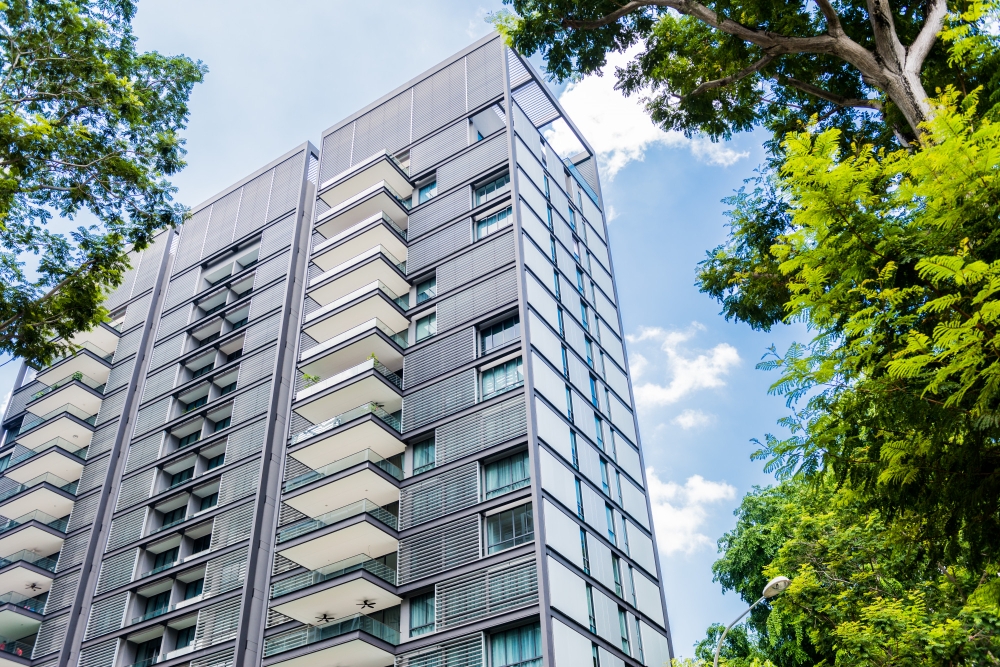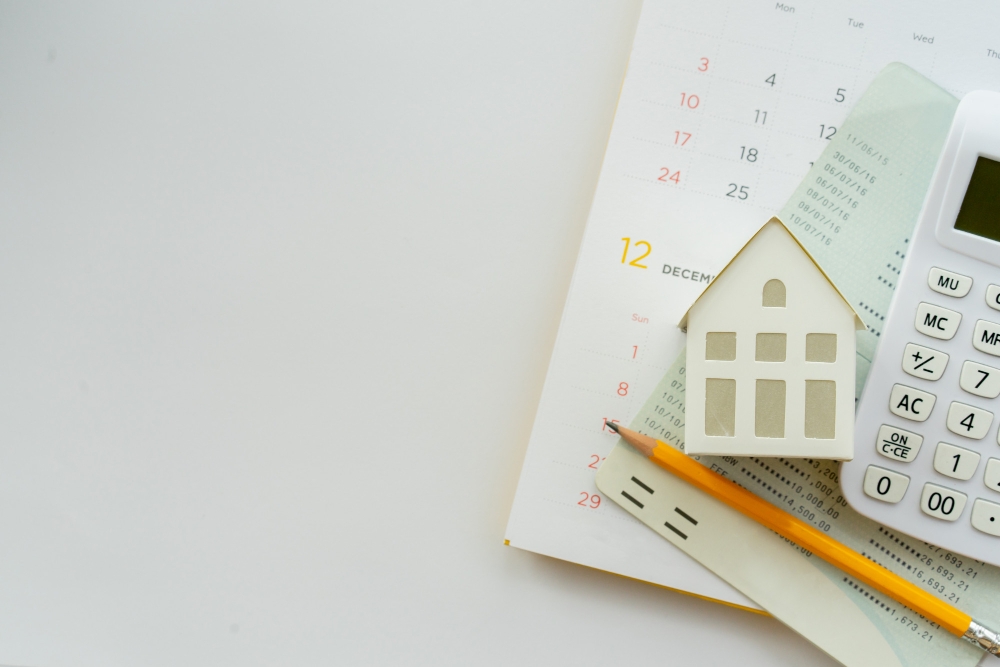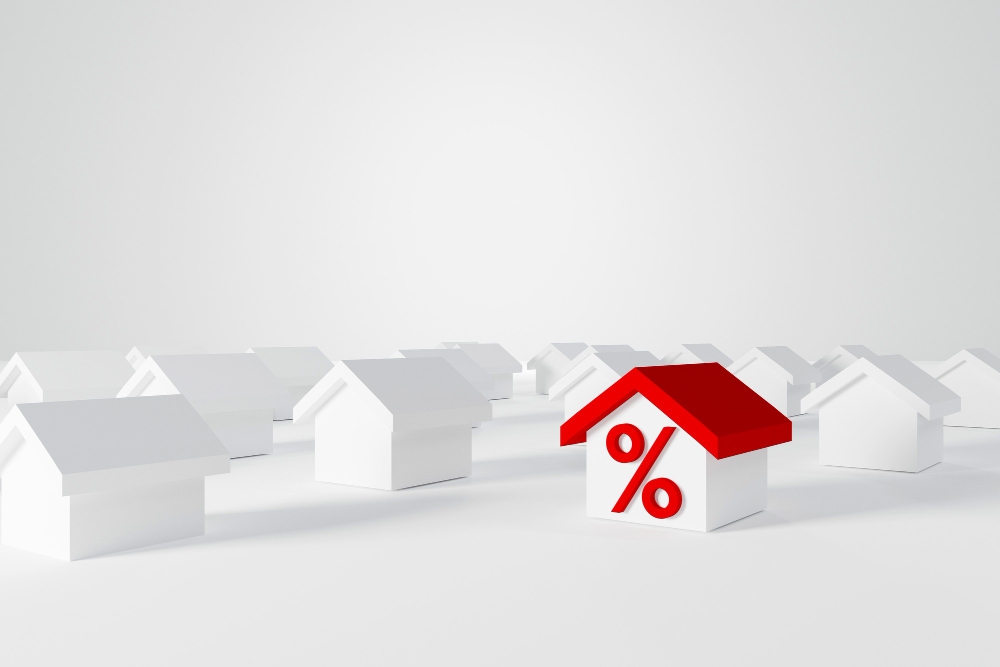On 29 June 2013, the government released the Total Debt Servicing Ratio (TSDR) framework in which, borrowers would have to fulfil a strict assessment to obtain their desired loan amount. This meant that the amount an individual could borrow would be limited to his ability to service all their loans within the portfolio, based on monthly income. Now this may not appear as alarming news for employed homeowners who are earning a monthly salary.
However, through Singapore’s rising housing prices and an ageing population facing the increasing prospect of being “asset-rich but cash-poor”, we now tackle the question of how we can sustain a comfortable lifestyle. Is selling the property and downgrading the only way to raise equity for our golden years? Surely, there must be another way.

The government has been looking at options to assist Singaporeans in monetizing their housing assets. As it stands, property comprises a majority of Singaporean’s net worth. For example, in March 2017, the Monetary Authority of Singapore (MAS) announced that Mortgage Equity Withdrawal loans will not be subjected to TSDR if certain criteria are met. In the same vein, the Lease-Buyback Scheme (LBS) launched in 2009 was a way for HDB owners to monetize their property in return for an additional pay-out through their CPF LIFE.
In line with the goal of helping Singaporeans unlock value through their property, DBS recently launched the Home Equity Income Loan (EIL). Similar to the HDB LBS, the DBS EIL takes the form of a reverse mortgage, but is applicable to private homeowners only.
Essentially, the borrower takes a loan from the bank at a fixed interest rate of 2.88% per annum. Instead of a lump sum pay-out, the loan amount will be added to your CPF Retirement Account (RA) and subsequently paid out monthly through CPF LIFE. The outstanding loan amount and interest will be accrued, and will be payable upon maturity of the loan, which in this case would be through the sale of your property. This means that you will not have to worry about monthly repayments of the loan.
Let’s break this down further:
Mr and Mrs Wong are both 65 and 68 respectively and are happily retired – they do not earn an income and they currently reside in a landed property which is fully paid for, thanks to the hard work in their earlier years.
Their children have moved out and have their own homes, and since Mr and Mrs Wong are participants of CPF LIFE, they decide that they wish to have a higher monthly pay-out to enjoy their retirement. They are between the ages of 65 and 79, and hence are eligible for the DBS EIL.
They approach the bank, which works out an appropriate loan amount based on the monthly pay-out and the market value of their property. The loan amount for the couple is determined to be $290,000. This amount will be used to top up both of their CPF RAs.
The details of the loan include:
- Tenor of 30 years
- Interest rate of 2.88% p.a.
- No monthly interest payments
A quick calculation informs us that after 30 years, the principal and accrued interest amount to $540,560, which they both intend to pay back through the selling of their home.

So, what are the main benefits of such a loan?
1. You can free up cash for personal use today, while still being able to enjoy your property
Many of us have entertained the thought of selling our current residence for some spare cash to use, but struggle to balance that benefit with the thought of having to shift to a smaller property. With the DBS EIL, you will still be able to reside in your home during your retirement. Also, you are able to make decisions regarding your property and obtain the value from its sale today, rather than after you have gone.
2. Fixed interest rates throughout the loan tenor
When you purchase a home financed with a floating rate mortgage, the interest you pay on that loan is subject to the turbulent conditions of interest rates. You may find yourself paying a higher rate in some years, and a lower rate in other years. Having a fixed interest rate of 2.88% will make projecting the final repayment amount a lot easier, without having to deal with the fears of a volatile interest rate environment.
From a holistic portfolio perspective, any interest earned above 2.88% over the loan tenure would put you in a positive position. For example, the current CPF LIFE premiums earn an interest rate of 4.0% p.a., which means that you can easily make the difference throughout the loan tenor.
3. Loan tenor can be up to 30 years or until the youngest borrower reaches age 95
In most cases, being eligible for a 30-year bank loan at the age of 65 is very unlikely due to reduced earning power, thereby posing a greater risk of not being able to meet monthly repayments. However, since the loan is backed by the proceeds from the sale of the property, a 30-year loan is not longer in question.
If you change your mind, and decide to sell your current residence, the DBS EIL does not charge any penalties. Instead, you are allowed to repay the loan anytime you wish, thereby presenting a greater deal of flexibility than most other loans.
4. No margin calls in the event that the value of the property falls
If the value of your property falls, the bank will not request immediate cash repayments to cover this value. Although this guarantee provides peace of mind, such a phenomenon is rare in Singapore, where housing prices have climbed steadily in the long-term.
5. No monthly repayments required
The DBS EIL does not require monthly loan payments as the interest is accrued and will be repaid together with the principal upon the loan’s maturity. The goal of this product is to encourage ageing in place and is hence geared towards reducing any additional burden on the individual. To balance this, monthly disbursements are made via CPF LIFE, rather than a lump sum amount.

With these benefits in mind, there are some drawbacks to taking up such a product.
After all, for many Singaporeans, their property represents their life’s work, and new goals should be set as you embark on your graceful ageing.
1. If one of the borrowers pass on, the surviving spouse needs to repay the loan back in full
In such a scenario, this would often entail selling the property to generate the cash required to repay the loan. Assuming that both borrowers have enjoyed the loan for some time, the process of selling the property and finding a new residence may be a taxing prospect. Such scenarios should be carefully considered before applying for the loan. In the event where the property sells for more than the outstanding loan balance, the remaining proceeds will be distributed based on the will/estate of the deceased.
2. The health of seniors may deteriorate over time and may require the care of specialised facilities
Nursing homes and assisted living facilities provide eldercare needs and constant attention for the elderly. The loan may not be able to continue if the borrower does not reside in the property as that is a criterion of the loan.
3. Interest rates are relatively high with reduced pay-out flexibility
The interest rate of 2.88% is relatively high compared to a traditional forward mortgage. Assuming a similar loan value of $290,000 based on the example above, borrowed for a tenor of 2 years, one could look at an interest rate of 1.10%. Additionally, the loan amount will be available in full, which allows the borrower to spend on larger items such as their children’s education.
While a reverse mortgage in the form of the DBS EIL may be a viable option in some scenarios, it is important to consider the benefits and limitations posed to your family to achieve a care-free retirement.
As there are other criteria that needs to be fulfilled, do reach out to us, and we would be glad to offer a customised solution, or share how these pros and cons tie in with your retirement goals.
Want to find the best mortgage rate in town? Check out our free comparison service to learn more!
Read more of our posts below!

